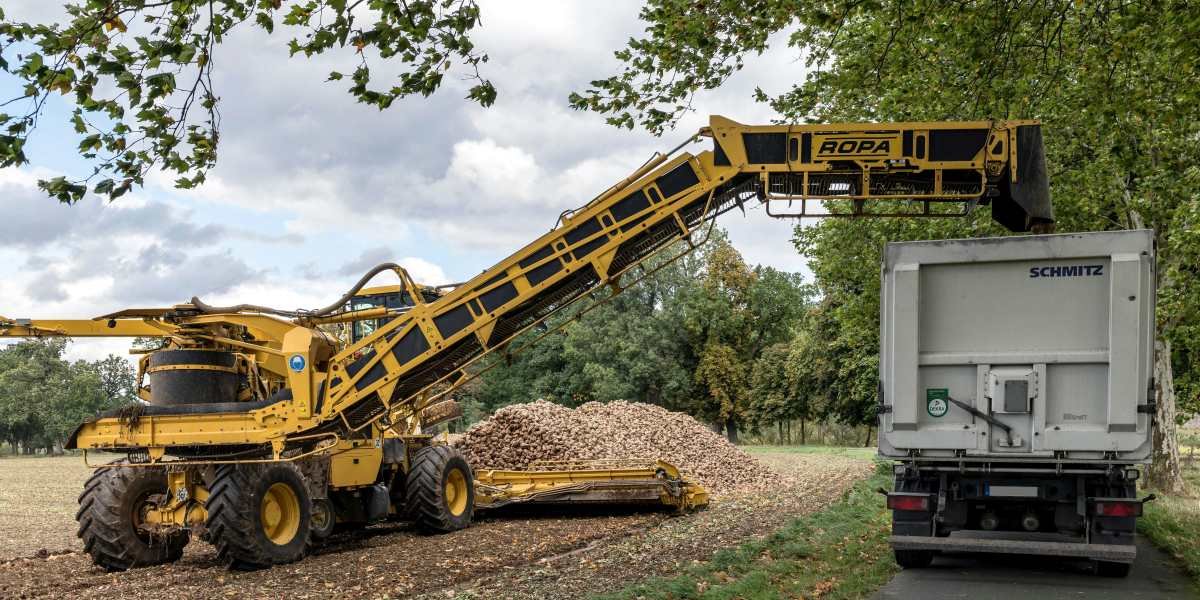Stress, Uncertainty, and Consumer Behavior
Periods of stress and uncertainty often change the way people make financial decisions. Instead of focusing only on long‑term goals, many consumers shift attention to immediate needs that provide reassurance or relief. This behavior is not unusual. It reflects the human tendency to seek comfort when faced with challenges.
According to McKinsey’s ConsumerWise research, consumers under financial or emotional pressure often adjust spending patterns in ways that prioritize short‑term satisfaction. While some cut back on discretionary purchases, others redirect spending toward products that provide comfort, such as snacks, home goods, or personal care items.
This shift is not necessarily irrational. Behavioral economics shows that people value emotional stability as much as material goods. When stress levels rise, comfort products serve as small, manageable ways to regain a sense of control and wellbeing.
The Psychology of Comfort Spending
Comfort spending is closely tied to the concept of “emotional regulation.” When people feel anxious or uncertain, they often turn to familiar routines or products that provide reassurance. This can include food, beverages, clothing, or entertainment. These purchases act as coping mechanisms, offering temporary relief from stress.
The Euromonitor International Global Consumer Trends 2025 report highlights how consumers are becoming more conscious of their spending choices, balancing financial caution with the desire for comfort. Even when budgets are tight, small indulgences remain a priority because they provide psychological benefits.
Comfort products also carry symbolic value. A favorite snack or a cozy blanket may represent stability during uncertain times. These items remind consumers of safety, familiarity, and routine, which helps reduce feelings of unpredictability.
Economic Pressures and Small Indulgences
Economic uncertainty often leads to cautious spending overall, but comfort products tend to remain resilient. This is sometimes referred to as the “lipstick effect,” where consumers cut back on large expenses but continue to purchase small luxuries. These purchases are affordable ways to maintain a sense of normalcy.
The Philippine Daily Inquirer reported that consumers in 2025 are more conscious about spending, with many prioritizing wellness and emotional balance. This trend shows that even when people are careful with money, they still allocate resources to products that provide comfort.
Comfort spending is not limited to luxury items. It often includes everyday goods such as coffee, skincare, or streaming subscriptions. These purchases may seem minor, but they play an important role in helping people cope with stress.
Social and Cultural Influences
Spending on comfort products is also shaped by social and cultural factors. In many communities, sharing food or enjoying entertainment together is a way of reinforcing social bonds. During uncertain times, these shared experiences become even more important.
McKinsey’s research notes that people are spending more time at home and online, which has increased demand for digital entertainment and home‑based comfort products. Streaming services, gaming, and home cooking supplies have all seen growth as consumers seek ways to create comfort within familiar environments.
Cultural expectations also influence what counts as a comfort product. In some regions, traditional foods or rituals provide reassurance, while in others, wellness products or leisure activities play a larger role. These variations highlight how comfort spending reflects both individual psychology and collective identity.
Long‑Term Implications for Businesses
For businesses, understanding the link between stress and comfort spending is essential. Companies that provide affordable, accessible comfort products are often more resilient during economic downturns. Consumers may reduce spending on big‑ticket items but continue to support brands that offer small, meaningful comforts.
Transparency and trust also matter. When consumers are stressed, they want reassurance that the products they buy are safe, reliable, and aligned with their values. Brands that communicate clearly and demonstrate responsibility are more likely to retain loyalty.
The Consumer Expectations Survey Q2 2025 shows that consumer sentiment remains cautious, with many households adjusting budgets. Yet even in this environment, comfort products remain a steady category, suggesting that businesses in this sector can continue to thrive if they adapt to consumer needs.
Outlook for Comfort Spending
The outlook for comfort spending suggests that it will remain a consistent feature of consumer behavior during times of stress. While overall spending may fluctuate with economic conditions, the demand for small, reassuring purchases is unlikely to disappear.
As consumers become more conscious of both financial and emotional wellbeing, comfort products will continue to play a role in balancing these priorities. Businesses that recognize this connection can design products and services that meet both practical and emotional needs.
For consumers, the reassurance is that comfort spending is not a sign of weakness but a natural response to uncertainty. Small indulgences can provide stability, helping people manage stress while maintaining a sense of control.







